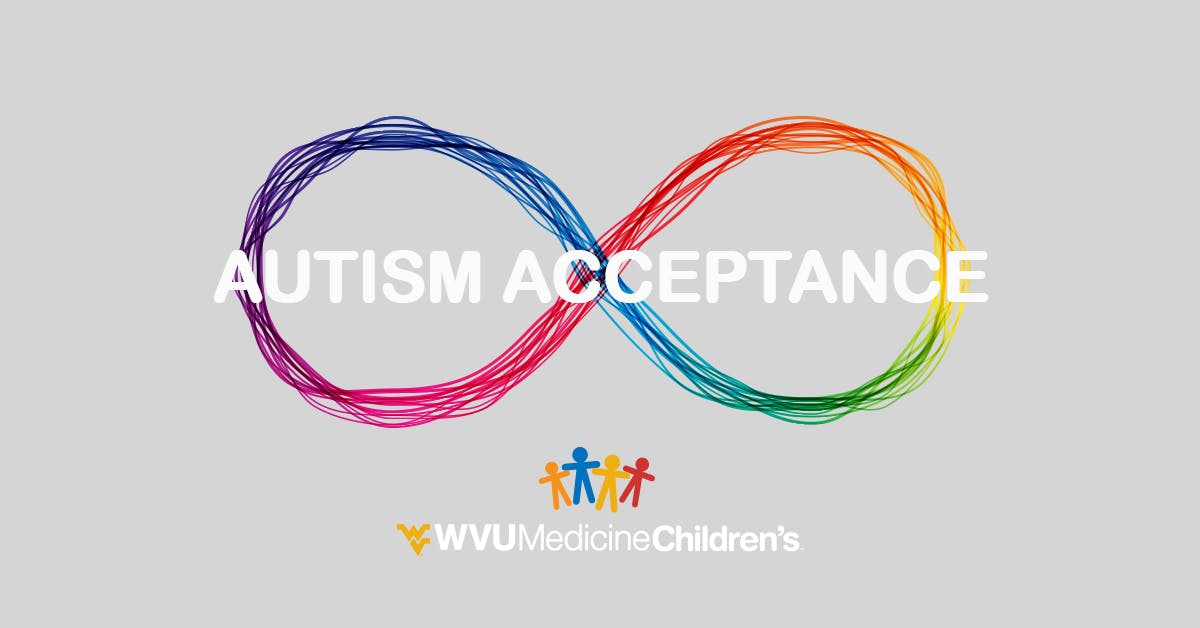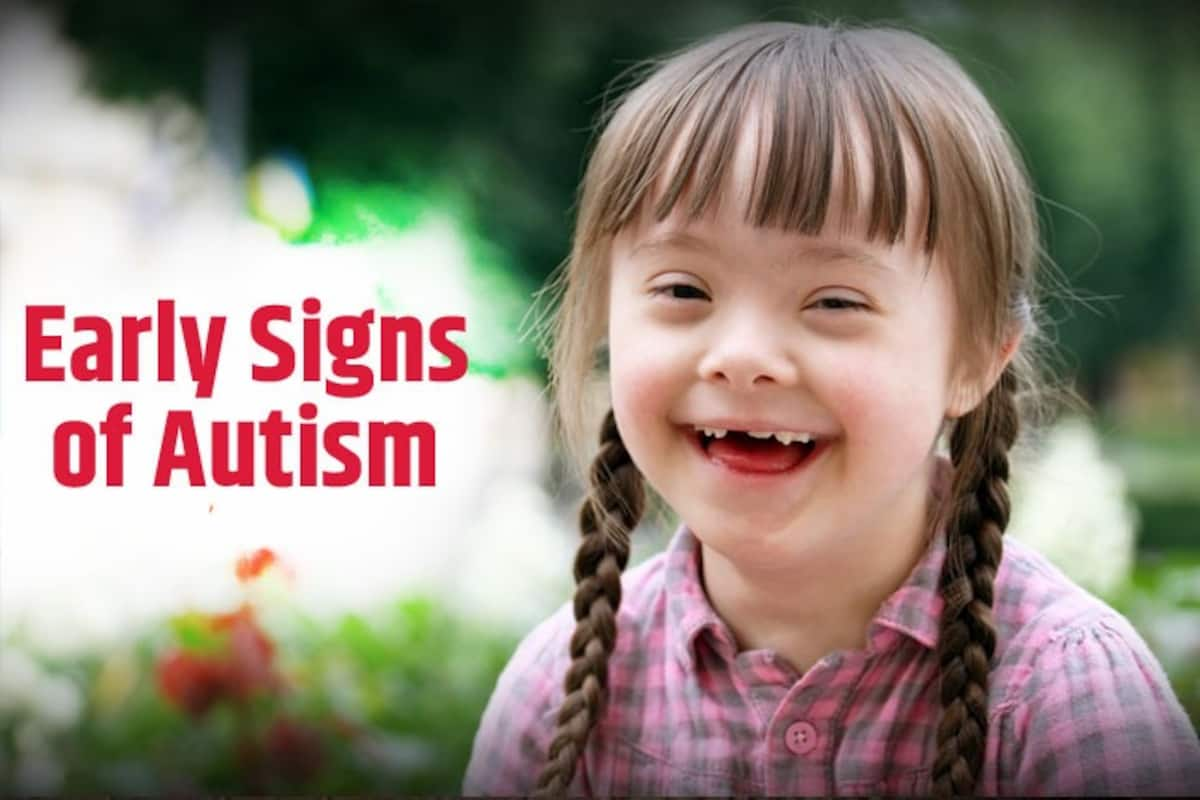Discovering Autism: Strategies for Effective Communication and Interaction
Effective interaction and interaction with individuals on the autism range require an extensive understanding of their unique demands and choices. The complexities of these approaches disclose additional considerations that warrant expedition, particularly in how they can be adjusted to private experiences and diverse contexts.
Recognizing Autism Spectrum Condition
Autism Spectrum Condition (ASD) includes a range of neurodevelopmental problems defined by challenges in social communication, communication, and repeated behaviors. The term "spectrum" shows the diverse indications and varying levels of seriousness experienced by people with ASD. While some might exhibit substantial impairments, others may present high-functioning traits, enabling for higher self-reliance in day-to-day live.
The onset of ASD commonly occurs in early childhood years, with indicators typically well-known by age 2. Early signs might consist of delayed speech advancement, restricted eye call, and difficulties in understanding social hints. Although the specific etiology of ASD continues to be unclear, research suggests a mix of hereditary and ecological variables plays an important function in its growth.
People with ASD often possess special staminas, such as increased focus to information and extraordinary memory skills. Nevertheless, they may deal with comprehending abstract ideas and handling modifications to routine. Because of this, treatments and support customized to specific needs are important for fostering communication and social abilities. Identifying the intricacy of ASD is essential for advertising recognition, approval, and efficient approaches that help with significant communications with people on the spectrum.

Value of Clear Interaction
Reliable communication is vital for cultivating understanding and link, especially for individuals with Autism Spectrum Problem (ASD) Clear interaction not only helps with social interactions yet likewise improves the individual's capacity to reveal their feelings, requirements, and thoughts. For individuals with ASD, the nuances of language can typically be testing; as a result, making use of uncomplicated and distinct language is important.
Additionally, clear interaction helps in reducing irritation and anxiety that may emerge from misunderstandings. When messages are communicated in a regular and direct manner, people with ASD are better equipped to interpret details precisely, which can significantly boost their social interaction and participation in numerous settings.
Developing routines and using aesthetic supports can even more bolster clear interaction. These methods provide people with predictable structures that help comprehension and retention of info. In addition, proactively paying attention and being person during communications promotes an encouraging environment where people with ASD really feel valued and understood.
Eventually, prioritizing clear interaction not just equips individuals with ASD yet likewise fosters even more significant links with their peers, caregivers, and the bigger neighborhood, leading the way for inclusive interactions and collective partnerships. - autism
Non-Verbal Communication Techniques
Communication prolongs beyond words, and for individuals with Autism Range Problem (ASD), non-verbal cues play a considerable function in communications. Non-verbal interaction strategies can include faces, motions, body movement, and eye contact, all of which serve as important components for conveying emotions and objectives.
Recognizing and analyzing these non-verbal signals can boost communications with individuals with ASD. A warm smile or open pose can produce a welcoming environment, motivating involvement. In a similar way, making use of aesthetic aids-- such as photo cards or signs-- can bridge communication gaps and assist communicate messages much more properly.
It is also vital to be conscious of personal space, as people with ASD might have various comfort degrees pertaining to try this out distance. Observing their reactions to physical nearness can inform ideal modifications.

Creating Encouraging Atmospheres
Creating an encouraging atmosphere is important for fostering favorable interactions and enhancing the health of individuals with Autism Spectrum Problem (ASD) Such atmospheres can considerably minimize anxiety and develop a sense of safety, enabling individuals to share themselves much more openly.
To accomplish this, it is important to take into consideration sensory sensitivities that people with ASD may experience. Changing the physical area to consist of soft illumination, marginal background sound, and comfortable seats can create a relaxing atmosphere. Furthermore, using constant routines and clear visual timetables can help people anticipate shifts and reduce unpredictability, further advertising convenience.
Social spaces must be structured to reduce frustrating stimuli while supplying possibilities for interaction in preferred activities. Facilitating areas marked for quiet time can likewise function as a sanctuary throughout moments of anxiety. Significantly, including elements of choice equips people, allowing them to exercise company in their setting.

Urging Social Interactions
Fostering social communications among people with Autism Spectrum Problem (ASD) needs intentional methods that prioritize convenience and engagement. Developing predictable regimens can help in reducing stress and anxiety, making social setups much more friendly. Creating organized environments with specified roles and duties allows people to involve without the overwhelming pressure of disorganized social characteristics.
Incorporating rate of interests and toughness into social activities can function as a stimulant for interaction. For example, arranging team activities around shared pastimes or subjects of attraction can facilitate natural discussions and links. Furthermore, making use of aesthetic assistances, such as social scripts or pictorial schedules, can aid in comprehending social hints and assumptions.
Designing appropriate social behaviors is vital - autism. Peers and adults must show reliable communication techniques, including active listening and turn-taking. Role-playing situations can additionally give a secure room for people to exercise these click resources abilities
Last but not least, cultivating peer partnerships via comprehensive methods is essential. Encouraging comprehensive playdates or team getaways can produce chances for socialization in a comfy setup. By applying these approaches, caretakers and teachers can dramatically improve social interactions for individuals with ASD, advertising their total social advancement and well-being.
Conclusion
Finally, reliable communication and communication methods are vital for sustaining people with Autism Spectrum Problem. Emphasizing clear language, including non-verbal cues, and developing predictable regimens considerably boost interaction and reduce anxiousness. Creating encouraging atmospheres cultivates safe social communications, while encouraging shared passions helps with purposeful connections. Ultimately, these methods encourage individuals with autism to browse social see post landscapes, promoting their general health and enabling the advancement of lasting connections.
Effective communication and interaction with individuals on the autism spectrum require a detailed understanding of their one-of-a-kind demands and preferences. Clear communication not only helps with social interactions however likewise improves the person's capability to share their feelings, ideas, and demands.Cultivating social communications amongst people with Autism Range Condition (ASD) needs deliberate methods that focus on comfort and engagement. By executing these caregivers, educators and approaches can substantially improve social interactions for people with ASD, promoting their overall social growth and wellness.
In conclusion, efficient interaction and interaction strategies are essential for sustaining individuals with Autism Range Condition.